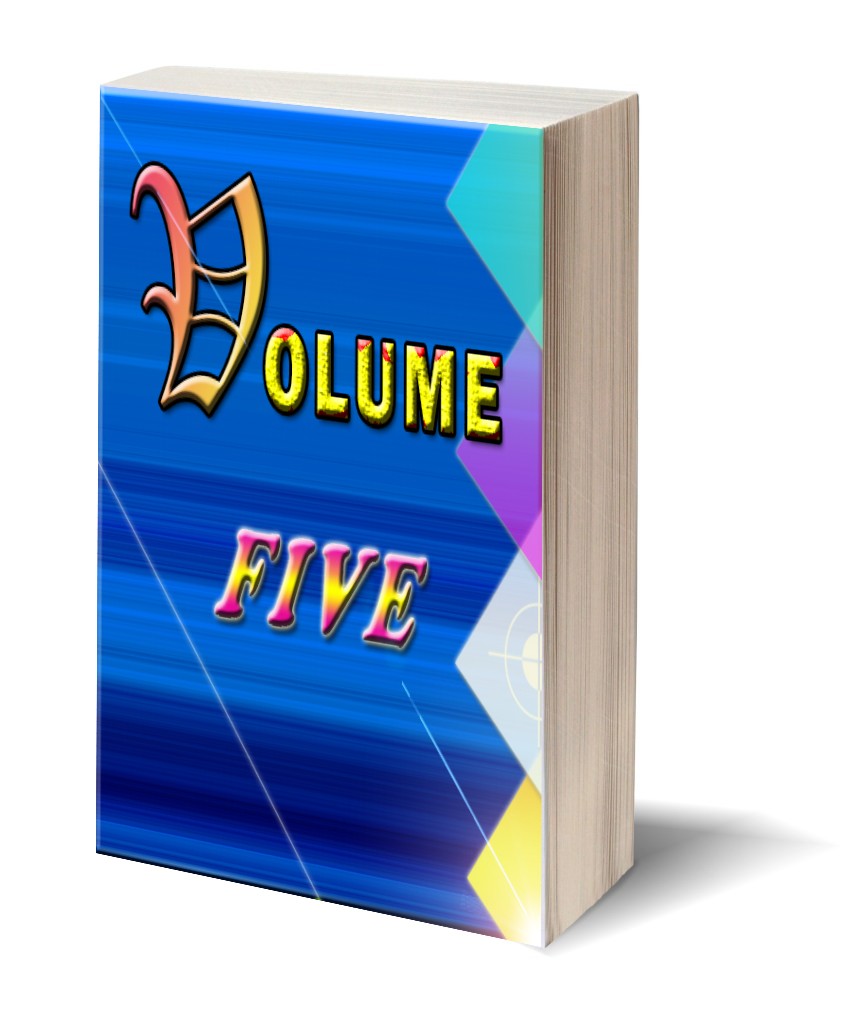Assessment of Heavy Metal Pollution in Surface Water of the Qua Iboe River, Aka Ibom State, Nigeria
Keywords:
Qua Iboe River, Pollution status, heavy metal ionsAbstract
Authors: A. Odoemelam, A. I. Okoro and A. M. Udongwo
Concentrations of Cd, Pb, Cr, Co, Cu, Se and Ni ions in Qua Iboe River system were assessed by analysing water samples collected from the river
at Iwuochang, Mkpanak, Ukpenekang, Atabong, Eketai, and Marina stations. The results obtained indicate that the overall mean concentrations for Cd, Pb, Cr, Co, Cu, Se and Ni ions in the samples were 44.22±44.71, 24.75±21.15, 39.78±34.24, 48.64±42.19, 64±62.33, 1.15±0.40 and 55.39±68.07
µg/L, respectively. These concentrations were higher than NESREA’s limits for surface waters. On comparing these values with the WHO standard for potable water, it was observed that the mean concentrations were higher than the acceptable limits. The coefficient of variations of the metals were also high with high degree of fluctuations in metal concentrations from station to station. Findings from this study show that Qua Iboe River, at the time of the present study, was polluted especially with respect to cadmium, lead and nickel. Copper was the most abundant metal ion while selenium had the lowest score. Highest concentrations of all the heavy metal ions were observed at Atabong and the general trend was Cu>Ni>Co>Cd>Cr>Pb>Se. The conclusion deduced from the present study that the pollution load of the Qua Iboe River system is on the increase corroborates previous reports on the river. This state of affairs portends serious threat to the health of this aquatic ecosystem and humans within the catchment of the river who depend on the river for seafood.
Downloads
Published
Issue
Section
Most read articles by the same author(s)
- S. A. Odoemelam, Inhibition of Corrosion of Mild Steel in Hydrochloric Acid Solution by two Schiff Bases Derived from Benheric and Linoleic Acids , Communication In Physical Sciences: Vol. 4 No. 2 (2019): VOLUME 4 ISSUE 2
- S. A. Odoemelam, A. M. Udongwo , Heavy Metals Pollution in Surface Water and Sediment of Lower Cross River System in Akwa Ibom State, Nigeria , Communication In Physical Sciences: Vol. 5 No. 2 (2020): VOLUME 5 ISSUE 2
- S. A. Odoemelam, Investigation of Adsorption of Tetraoxosulphate (I) ions by Some Agricultural Soils in Akwa Ibom State, South-South igeria , Communication In Physical Sciences: Vol. 5 No. 2 (2020): VOLUME 5 ISSUE 2
- S. A. Odoemelam, Assessment of Heavy Metal Status of Orashi River Along the Engenni Axis, Rivers State of Nigeria , Communication In Physical Sciences: Vol. 4 No. 2 (2019): VOLUME 4 ISSUE 2
Similar Articles
- S. A. Odoemelam, Assessment of Heavy Metal Status of Orashi River Along the Engenni Axis, Rivers State of Nigeria , Communication In Physical Sciences: Vol. 4 No. 2 (2019): VOLUME 4 ISSUE 2
- J. C. Nnaji, Heavy Metal Contamination Indices for oil spilled Agricultural Soils in three Local Government Areas of River State, Nigeria , Communication In Physical Sciences: Vol. 4 No. 1 (2019): VOLUME 4 ISSUE 1
- E. C. Ogoko, Pollution status of soil within the vicinity of Automobile mechanic workshops in Owerri Municipality, Nigeria , Communication In Physical Sciences: Vol. 4 No. 1 (2019): VOLUME 4 ISSUE 1
- S. A. Odoemelam, A. M. Udongwo , Heavy Metals Pollution in Surface Water and Sediment of Lower Cross River System in Akwa Ibom State, Nigeria , Communication In Physical Sciences: Vol. 5 No. 2 (2020): VOLUME 5 ISSUE 2
- Vincent Oseikhuemen Odia-Oseghale, Joseph Odion Odia-Oseghale, Environmental Implications of Quarrying and Waste Management: A Case Study of Okhoro, Benin City , Communication In Physical Sciences: Vol. 12 No. 4 (2025): VOLUME1 2 ISSUE 4
- Usoro Monday Etesin, Abigail Louis Essien, Distribution of Heavy metals in sediments and surface waters from Iko River Marine Ecosystems, Akwa Ibom State, Niger Delta, Nigeria , Communication In Physical Sciences: Vol. 12 No. 2 (2025): VOLUME 12 ISSUE 2
- Emeka Chima Ogoko, Nkoli Mgbemana, Kelle Henrietta Ijeoma, Heavy metals contamination of Anambra River , Communication In Physical Sciences: Vol. 6 No. 1 (2020): VOLUME 6 ISSUE 1
- Nde, Ndifreke Bassey, Inyang, Solomon Patrick, Studies on the Levels of Heavy Metal Ions in Stream and Borehole Water within Ibiaku Osuk Settlement, Akwa Ibom State, Nigeria , Communication In Physical Sciences: Vol. 7 No. 3 (2021): VOLUME 7 ISSUE 3
- Eneni Roberts Inala, BIOACCUMULATION OF ENVIRONMENTAL CONTAMINANTS IN OYSTER (Crassostea sp.) TISSUES IN BAYELSA STATE, NIGERIA , Communication In Physical Sciences: Vol. 12 No. 4 (2025): VOLUME1 2 ISSUE 4
- Mercy Uwem Useh, Danlami Uzama, Patrick Obigwa, Effects of Abattoir Activities in the Surrounding Soils within Abuja, Nigeria , Communication In Physical Sciences: Vol. 8 No. 1 (2022): VOLUME 8 ISSUE 1
You may also start an advanced similarity search for this article.




